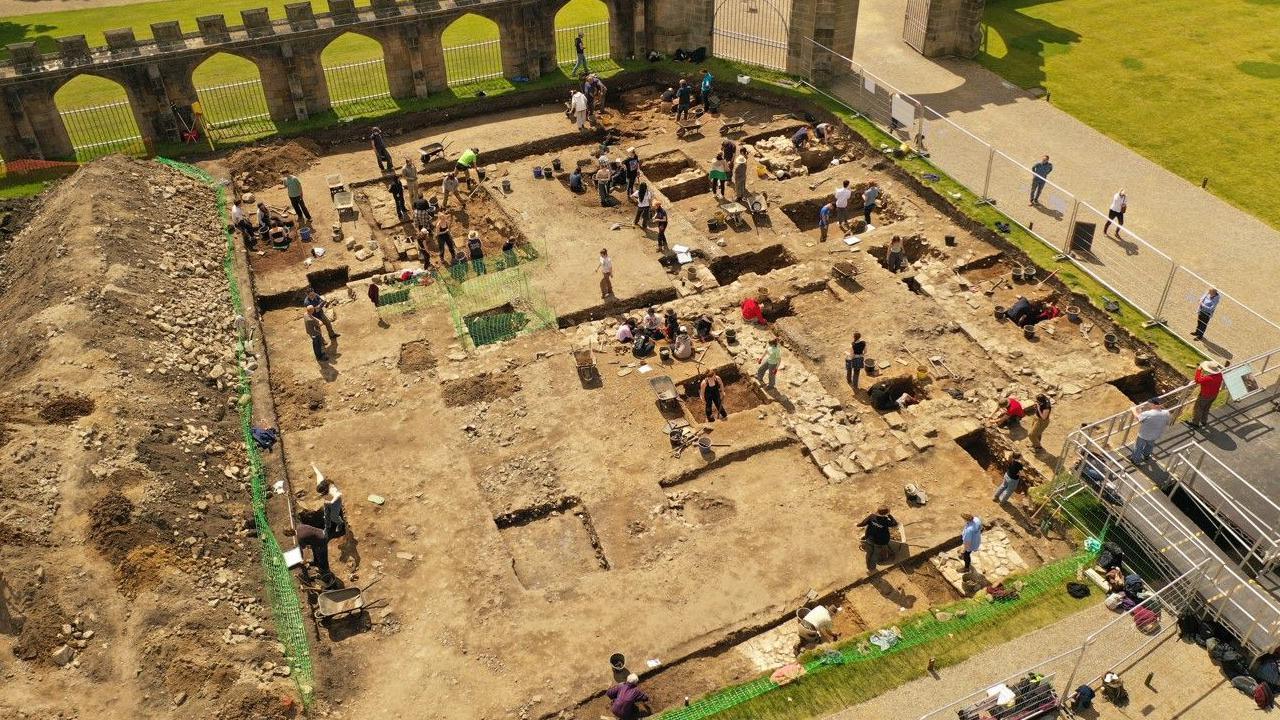Castle finds to be analysed in 'open lab'
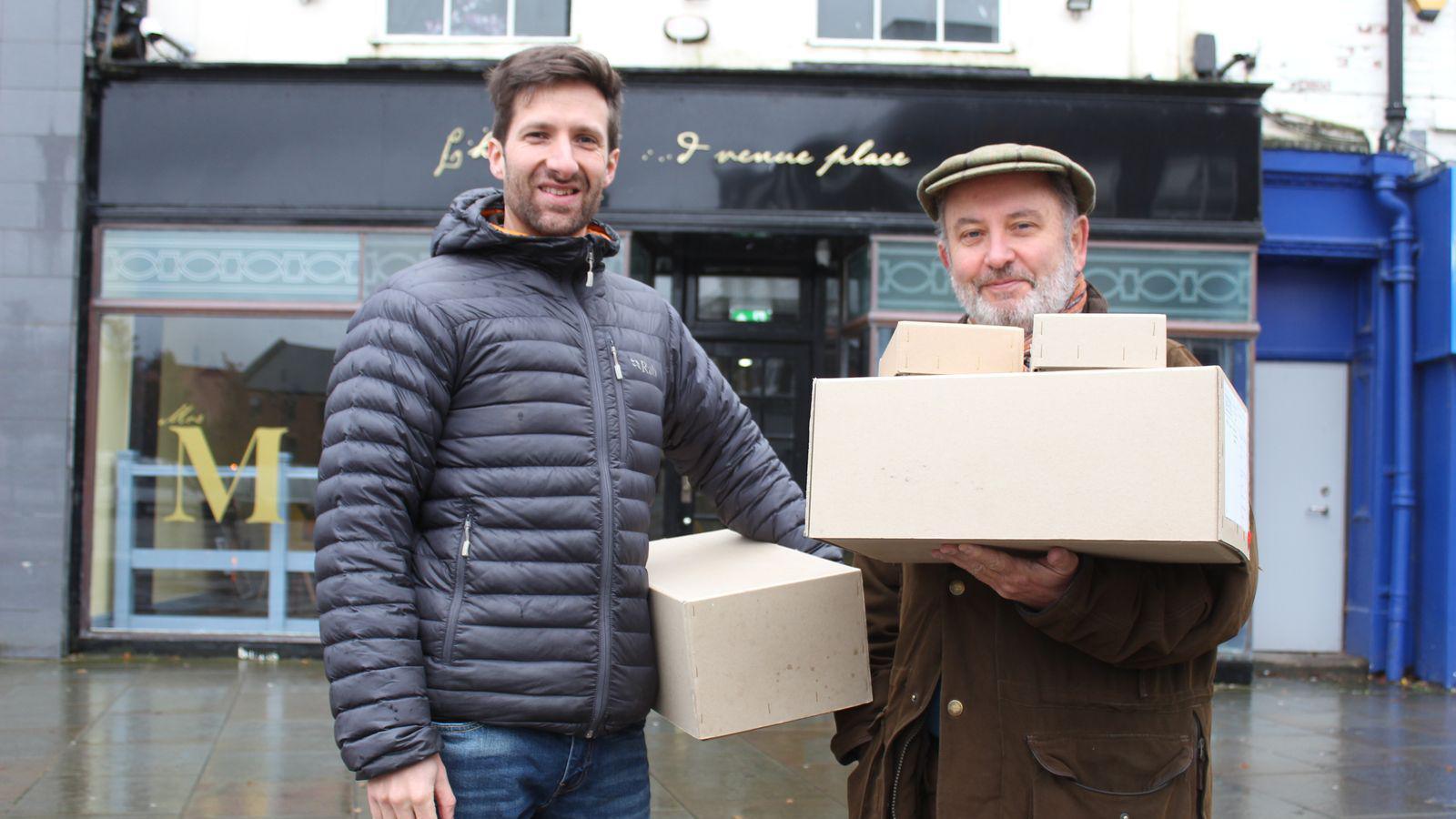
John Castling (left) and Prof Chris Gerrard (right) will bring the post-excavation process to Bishop Auckland's town centre
- Published
Historic findings from a medieval palace are to be analysed in front of the public as part of an "open laboratory".
The objects, which were uncovered after years of excavations at Auckland Castle, will be explored behind the windows of Mrs M's in Bishop Auckland's Market Place.
The work, which usually happens behind closed doors, is set to take place on Fridays, starting in January.
John Castling, archaeology curator at the Auckland Project in County Durham, said the team hoped observing the action close up would become part of people's routine.
"They might drop down after school or if they are not working on a Friday afternoon," Mr Castling said.
"We are hoping that people will be able to pop down and have a look at what we're doing and almost that it becomes a regular part of their week for a few months.
"One week we might be working on pottery, the next week on brick, the next week on glass, so they can get a little bit of an insight."
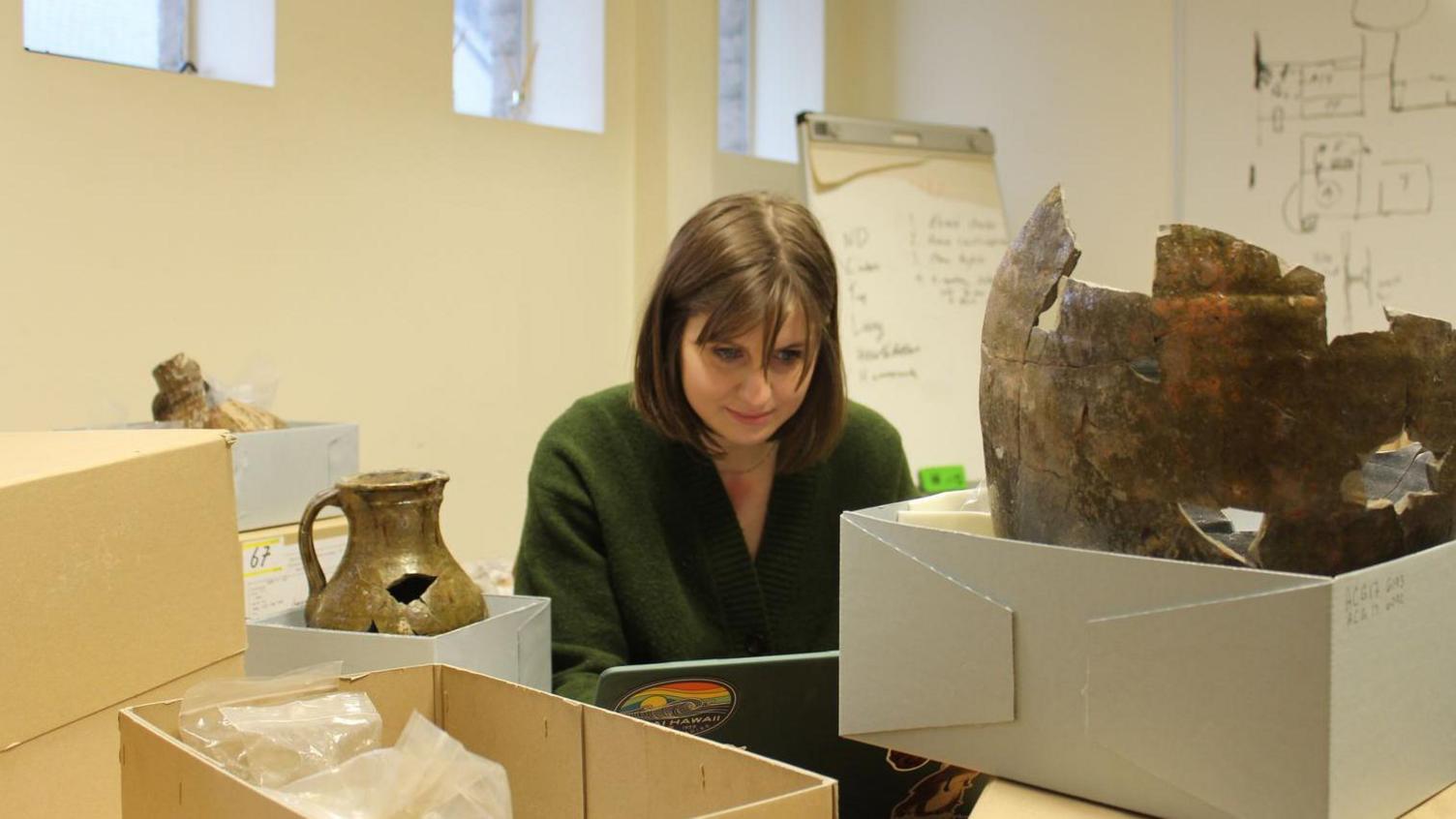
Doctoral Researcher Emily Walker pictured with some of the findings that archaeologists have to sort through
More than 1,000 people took part in the excavations, which came to a close in the summer after seven years.
A range of objects were found including whale baleen, a fortune-telling dice and a gold and silver knife. Also uncovered was a mansion which lay buried for almost 400 years.
Archaeologists are now left with more than 300 boxes of findings to go through, with the entire process is expected to take about two years.
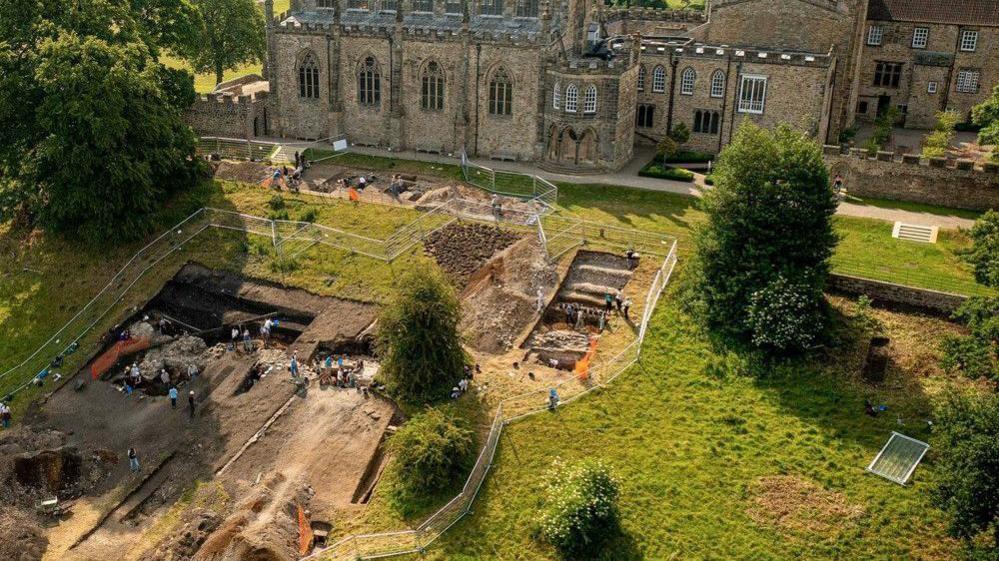
More than 1,000 people have taken part in the dig over the years
Durham University's Prof Chris Gerrard, the excavations' academic lead, said the open laboratory was expected to run for at least a year and occasionally there will be opportunities to go in and hear from the archaeologists.
"It's putting it on show in a different way," he said.
"Rather than just showing the finds in a display cabinet, exposing the process of how you get there."
Prof Gerrard said he hoped observing the process would inspire people to learn more about archaeology or even get involved themselves.
Follow BBC North East on X, external, Facebook, external, Nextdoor and Instagram, external.
Get in touch
Do you have a story suggestion for BBC Wear?
Related topics
- Published6 July
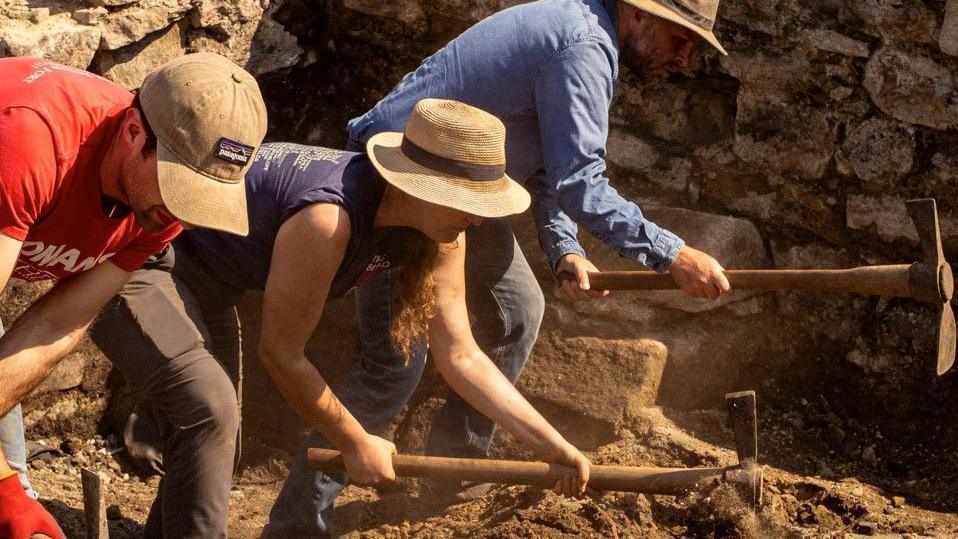
- Published27 June

- Published16 January
